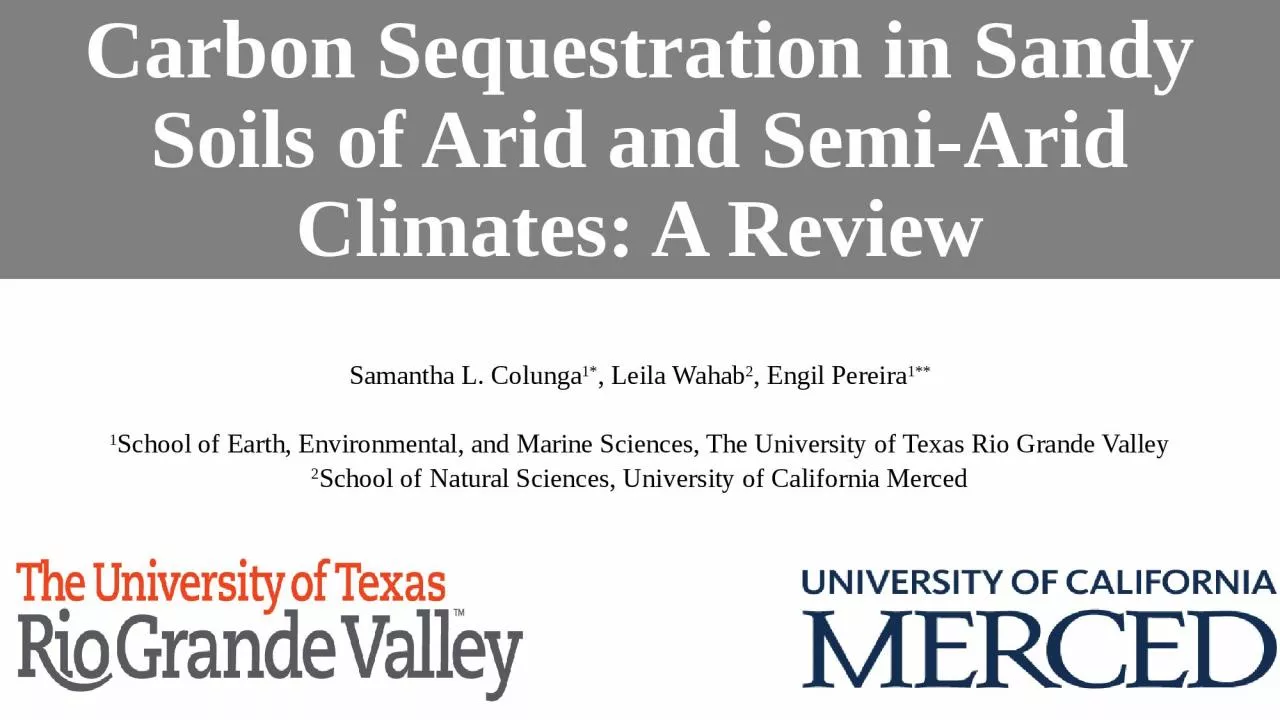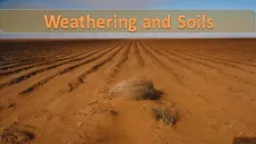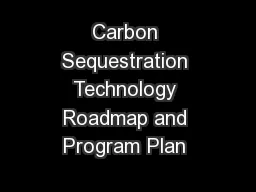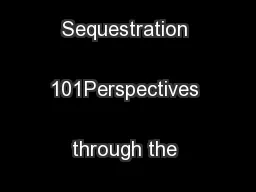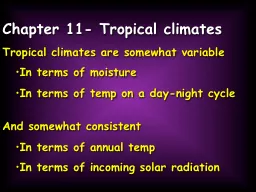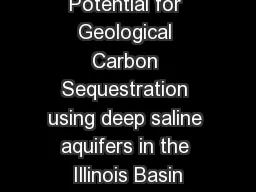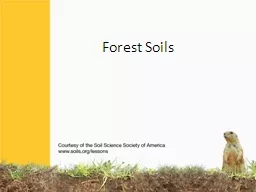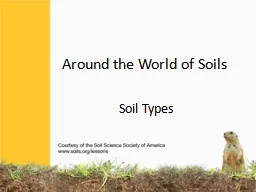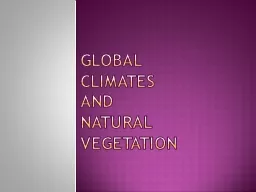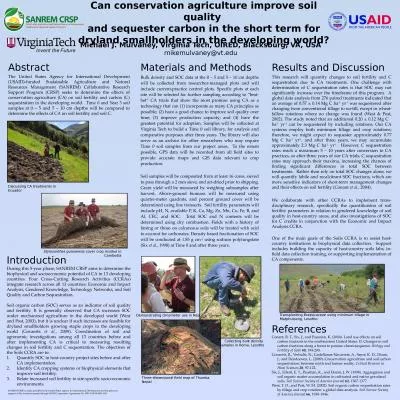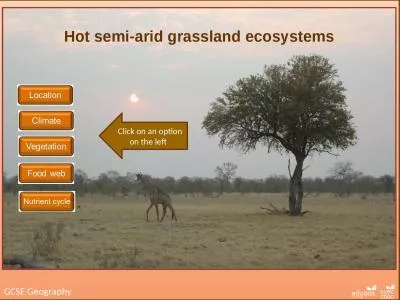PPT-Carbon Sequestration in Sandy Soils of Arid and Semi-Arid Climates: A Review
Author : dorothy | Published Date : 2023-10-30
Samantha L Colunga 1 Leila Wahab 2 Engil Pereira 1 1 School of Earth Environmental and Marine Sciences The University of Texas Rio Grande Valley 2 School of Natural
Presentation Embed Code
Download Presentation
Download Presentation The PPT/PDF document "Carbon Sequestration in Sandy Soils of A..." is the property of its rightful owner. Permission is granted to download and print the materials on this website for personal, non-commercial use only, and to display it on your personal computer provided you do not modify the materials and that you retain all copyright notices contained in the materials. By downloading content from our website, you accept the terms of this agreement.
Carbon Sequestration in Sandy Soils of Arid and Semi-Arid Climates: A Review: Transcript
Download Rules Of Document
"Carbon Sequestration in Sandy Soils of Arid and Semi-Arid Climates: A Review"The content belongs to its owner. You may download and print it for personal use, without modification, and keep all copyright notices. By downloading, you agree to these terms.
Related Documents

